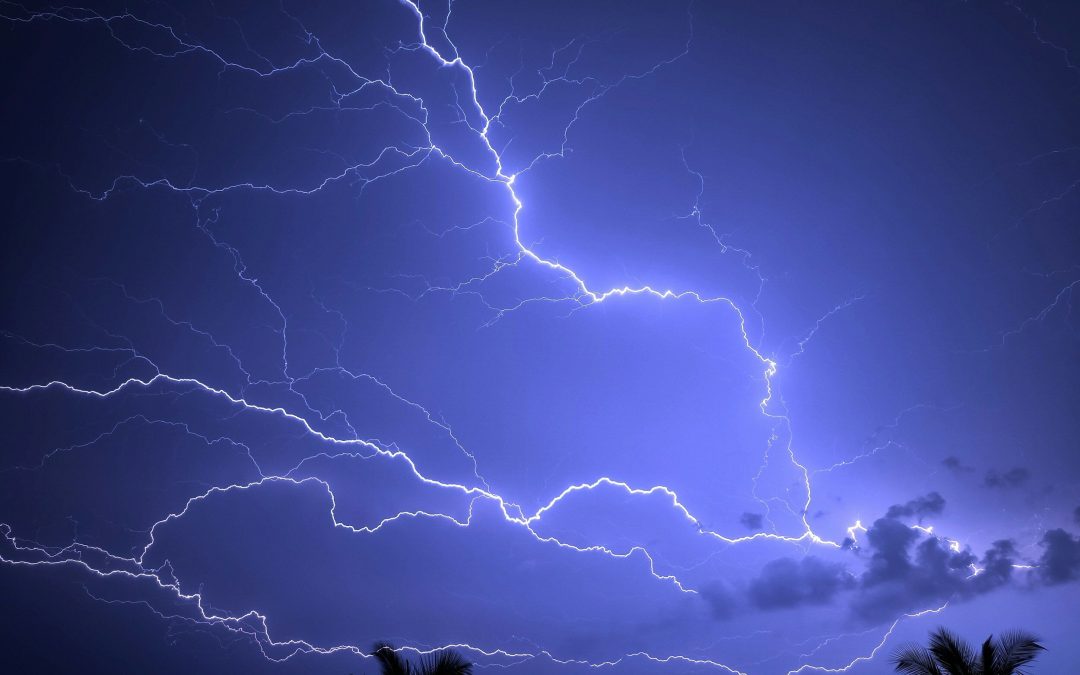This Latest Tech Upgrade Will Greatly Improve Wind Forecasts above 20 mph.
I was on a call this morning with NOAA forecasters, and some exciting changes are coming to the weather computer models.
We are just over three weeks from hurricane season. This morning, NOAA (National Oceanic Atmospheric Administration) unveiled significant enhancements to its computer models, promising a leap forward in our ability to predict and manage hurricane-related events and any storm with high wind gusts over 20 mph. Specifically, these upgrades have focused on the accuracy of wind gust predictions, a critical component in forecasting hurricanes. Let us explore how these changes might transform our hurricane preparedness strategies.
The Role of Computer Models in Weather Forecasting is incredibly important.
At the core of modern meteorology are sophisticated computer models. These models simulate the Earth’s atmosphere and interpret vast amounts of meteorological data to predict weather patterns. For hurricanes, these models are indispensable. They assist meteorologists in forecasting a storm’s path, intensity, and potentially life-threatening impacts. Accurate models are vital for effective preparedness and response strategies, influencing how communities brace for impact.
Here’s What’s New with NOAA’s Upgrades.
NOAA’s latest upgrades introduce advanced algorithms and higher resolution data to refine wind gust forecasts. Traditionally, predicting the intensity of wind gusts within hurricanes has been challenging, with models often underestimating their strength. The new enhancements decrease these error margins, allowing forecasters to provide more accurate and timely information. This improvement is crucial, as precise wind predictions can significantly influence evacuation orders and the strategic deployment of emergency services.
This will provide a significant update on improved wind gust predictions for storms.
With the improved wind gust predictions, meteorologists can now offer more reliable tracking of hurricanes. This advancement is crucial for issuing warnings and organizing evacuations. The availability of better data can lead to earlier and more accurate forecasts, providing people with more time to prepare and potentially saving lives. For instance, precise wind gust predictions can help utility companies proactively manage and mitigate power outages, significantly enhancing resilience against storm impacts.
The advancements extend beyond hurricane forecasting. By setting new benchmarks for accuracy, NOAA’s upgrades could influence a wide range of meteorological practices. Improved models may also enhance seasonal climate forecasting and severe weather alerts, benefiting agriculture, commerce, and daily life.
Looking forward, the agency plans further enhancements, including integrating more real time data and applying machine learning techniques to improve forecast models continually.
This will benefit all of us.
For the public, these advancements mean better informed decisions when severe weather threatens. By staying updated with NOAA’s forecasts and understanding the expected conditions, individuals can significantly improve their preparedness for the hurricane season along with other high wind events.
The enhancements to NOAA’s computer models mark a significant step forward in the science of meteorology. As we approach the hurricane season, these advancements are not just technical achievements; they are vital tools that will help protect lives and property in the face of nature’s fury.
As the hurricane season approaches, remain informed. Follow NOAA and the National Hurricane Center, review your emergency plans, and understand the risks. Preparedness starts with being informed, and with NOAA’s latest upgrades, you have the tools to navigate whatever the season may bring.

